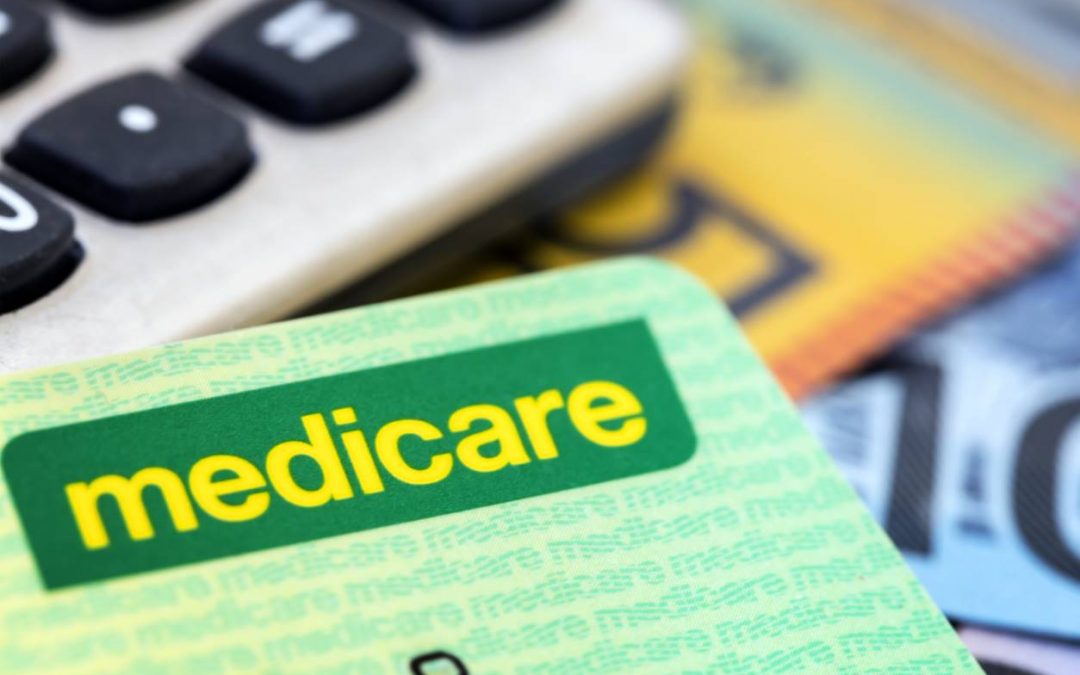Medicare Levy
The Medicare levy helps fund the Australian public health system. The levy pays for public hospitals, doctors, nurses, and other health-related costs. Most Australians pay the Medicare Levy, which is 2% of their taxable income, in addition to the ordinary tax they pay on their income.
Medicare Levy Surcharge
In addition to the Medicare levy, taxpayers may have to pay the Medicare levy surcharge. If the taxpayer’s income is above a certain threshold and they don’t have an appropriate level of private hospital insurance cover, they may have to pay the Medicare levy surcharge. However, if the taxpayer, their spouse, and any dependants have an appropriate level of private hospital cover, they won’t have to pay the Medicare levy surcharge.
The income threshold under which taxpayers are not liable to pay the Medicare levy surcharge are:
$90,000 for singles
$180,000 for families
There are three income levels (tiers) that attract different rates:
Tier 1
$90,000 – $105,000 (singles) the surcharge is 1% of taxpayer’s income
$180,000 – $210,000 (families) the surcharge is 1% of combined family income
Tier 2
$105,001 – $140,000 (singles) the surcharge is 1.25% of taxpayer’s income
$210,001 – $280,000 (families) the surcharge is 1.25% of combined family income
Tier 3
$140,001 and above (singles) the surcharge is 1.5% of taxpayer’s income
$280,001 and above (families) the surcharge is 1.5% of combined family income
To avoid having to pay the Medicare levy surcharge, taxpayers and their families who earn more than the above thresholds must take out an appropriate private health insurance cover.

